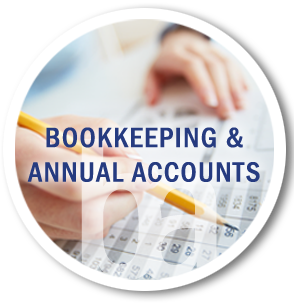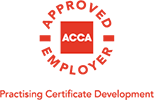Payments on account are advance payments towards your tax liability for the year, if you complete a UK Self-Assessment tax return and is a way of settling tax owed.
The two deadlines for the self-employed to pay their tax bills are 31 January and 31 July of each year.
These two payments are made during the year, calculated on the previous year’s tax bill and are designed to avoid building up debt to the taxman.
If the tax liability is greater than the previous year, a further balancing payment may also be required.
Normally this is not a problem, as you are only ever expected to make a half-payment.
However, if this is your first year filing a return then you may be required to pay tax for the year plus an additional 50 per cent of what is owed.
That can catch people out unless they have put sufficient money aside to pay the tax that they owe.
Given the challenges of the last year, many taxpayers may also find that the estimates for tax owed are inaccurate as their income has been smaller than predicted.
How do payments on account work?
Your bill for the 2019 to 2020 tax year is £3,000. You made two payments on account last year of £900 each (£1,800 in total).
The total tax to pay by midnight on 31 January 2021 is £2,700. This includes:
- Your ‘balancing payment’ of £1,200 for the 2019 to 2020 tax year (£3,000 minus £1,800)
- The first payment on account of £1,500 (half your 2019 to 2020 tax bill) towards your 2020 to 2021 tax bill
- You then make a second payment on account of £1,500 on 31 July 2021.
If your tax bill for the 2020 to 2021 tax year is more than £3,000 (the total of your two payments on account), you will need to make a ‘balancing payment’ by 31 January 2022.
Payments on account do not include anything you owe for capital gains or student loans (if you are self-employed) – you will pay those in your ‘balancing payment’.
You have to make a payment on account if your tax during the previous financial year was more than £1,000.
However, that is not the case if more than 80 per cent of that year’s tax was taken off at source, for example, through PAYE.
Link: Understand your Self-Assessment tax bill – payments on account






